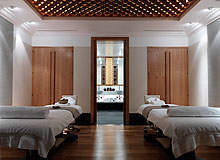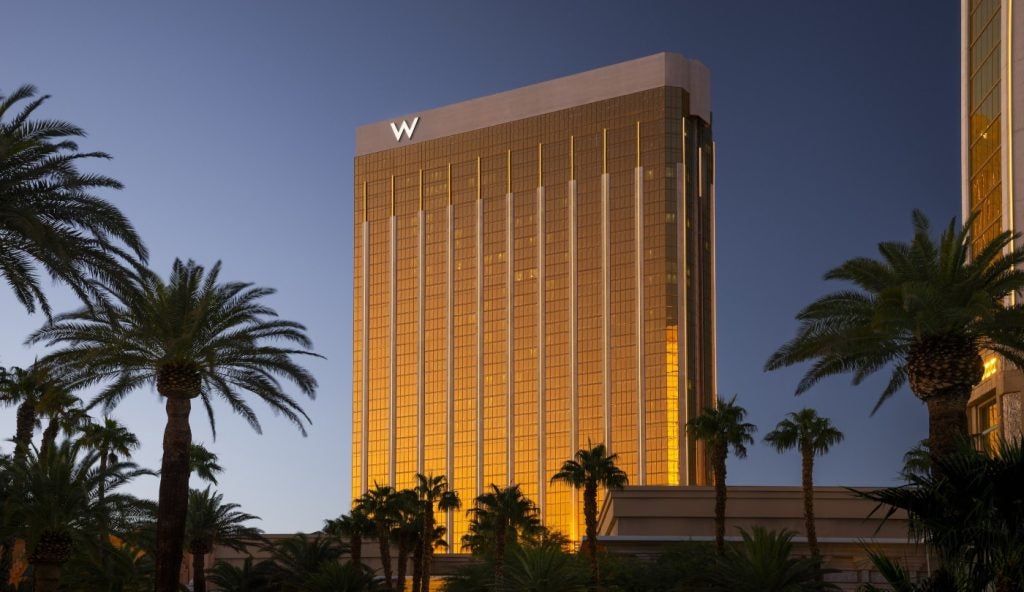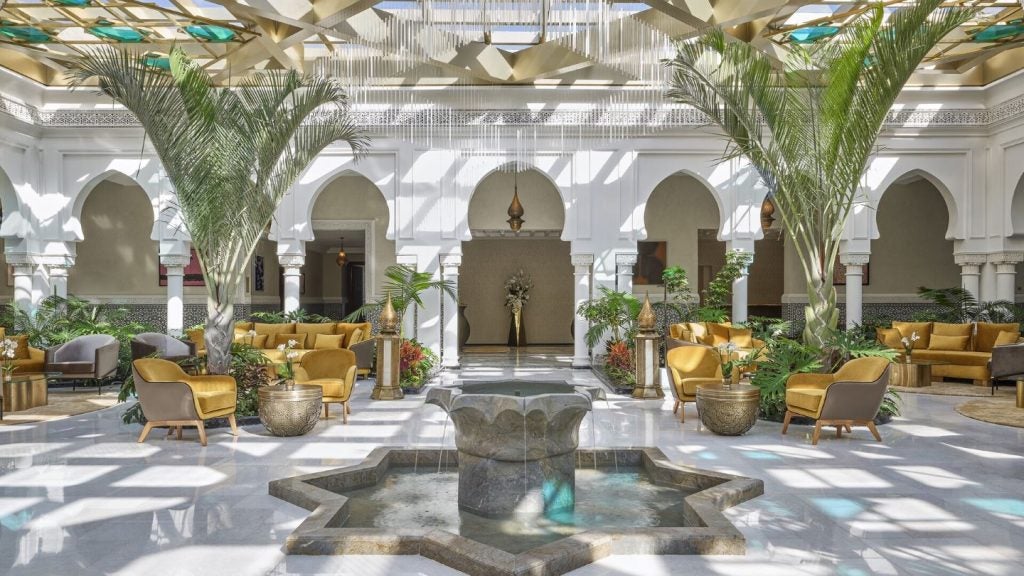
As hotel guests begin to look beyond pampering when choosing a spa experience, spas are responding by shedding their indulgence-focused menus in favour of a holistic, healthy living and environmentally aware philosophy.
As much as this sounds like old news, spas, especially hotel spas, are still very much in the early stages of making this shift according to Chris Sanderson, strategy and insight director of trend forecaster The Future Laboratory.
“Many major spa brands are still in the pampering phase, because that’s where they see the money coming from,” he says. While spa models of the 1990s may seduce hoteliers with evidence of an immediate revenue stream, it’s the forward-thinking brands that will carry the industry forward in the future.
Building a brand
Redeveloping a spa brand is not as easy as adding a few extra treatments to the menu. “The market is beginning to move away from the idea that the development of spas and spa brands relates to the next fad treatment,” says Sanderson.
Rather, rebranding requires a re-think from the foundations up. Badrutt’s Palace in St Moritz, Switzerland, is a case in point. Wellness advisor of the hotel, Martha Wiedemann, recognised that meeting the expectations of the hotel’s well-travelled guests called for a spa brand redesign that fitted with the hotel identity as a lifestyle retreat of natural beauty and history.
How well do you really know your competitors?
Access the most comprehensive Company Profiles on the market, powered by GlobalData. Save hours of research. Gain competitive edge.

Thank you!
Your download email will arrive shortly
Not ready to buy yet? Download a free sample
We are confident about the unique quality of our Company Profiles. However, we want you to make the most beneficial decision for your business, so we offer a free sample that you can download by submitting the below form
By GlobalDataThe former Daniella Steiner-branded spa was abandoned and re-imagined as Palace Wellness, a CHF50m redevelopment that was completed in early 2010, ready for the hotel’s summer season.
“The idea was to have a unifying concept of wellness that encompassed the spa and the hotel,” says chief concierge at the hotel, Giuseppe Pesenti. “Wiedemann also wanted to incorporate nature into the spa experience as much as possible, since nature is so much a part of the hotel stay.” The hotel now sports a fitness centre, multi-purpose outdoor courts and in the spa, a wet zone, relaxation areas, ten specialised treatment rooms and pools with panoramic views of the Engadin Valley and snow-capped mountains.
Offering treatments using locally-sourced products was also important, says Pesenti, so that the spa brand and the experience would be connected to its unique location. When guests leave, they will not just remember a massage, but a hot stone massage with stones hand-picked from waterfalls and streams in the area. The plug-in spa brand Aligning with an established spa brand that has a reputation for holistic wellness is one way to fast-track the brand transition.
World-renowned Asian spa brand Six Senses Resorts and Spas has begun to infiltrate the European hotel scene. Six Senses at Rue de Castiglione, part of Starwood’s The Westin Paris, opened in December 2009 and features holistic wellness programmes, carried out in six “cocoon” treatment rooms crafted from oak. Half-day sensory journey are offered to balance the senses, as well as locally inspired SLOWLIFE treatments such as a facial using honey sourced from beehives on Parisian rooftops.
Meanwhile, The Connaught Hotel in London recently opened its new spa by the small but globally recognised Asia-based group Aman Resorts, which brings with it a long standing reputation for holistic health and wellbeing. The Aman spa offers treatments inspired from Thailand, China and the Americas that use ancient techniques to detox the skin, re-energise the mind and body and promote tranquillity.
A brand for the more modern spa-goer is Cowshed, a British company that has branched into hotels beyond those owned by its parent company, Soho House, setting up in the St Moritz Hotel in the UK in 2008. Cowshed is driven by the same principles of holistic wellness and eco-friendliness of other wellness spas, but with a more contemporary slant. Known for its tongue-in-cheek product names like Moody Cow, Lazy Cow and Bullocks (for men), the sense of humour speaks to busy vacationers but it is serious about healthy living – always providing active and relaxation zones and premium nature-based beauty products.
A perfect fit
While plugging a cookie-cutter spa model into the hotel sounds convenient, Sanderson says it won’t work unless the brand “fit” is right. “It’s no longer enough to simply think ‘this is a recognised name, we’ve seen it at other hotels and know it’s the best.'[Hoteliers] first have to have a very good understanding of their property DNA – of who they are, of what they deliver, of what they represent – and ensure that there really is a similarity between that and the core proposition of the spa brand.
“With the next generation of consumers – if there isn’t a fit, if there’s a miscommunication, then the consumer is not going to work with that complication, and it will impede them from following through in an experience.”
Not only how the brand fits, but the way in which it is integrated into the hotel is important. “It’s not enough to just put up some cards on the bedroom desk and think that that’s going to link the guests and the guest experience into the spa,” says Sanderson. Spa suites and in-room treatments are a step in the right direction. But spas of the future must push further. “Hotels need to realise that the guest experience starts the moment that the guest hits the homepage or gets in contact with the hotel. That’s the point at which a dialogue needs to give about what the hotel experience could be and what it represents.”







